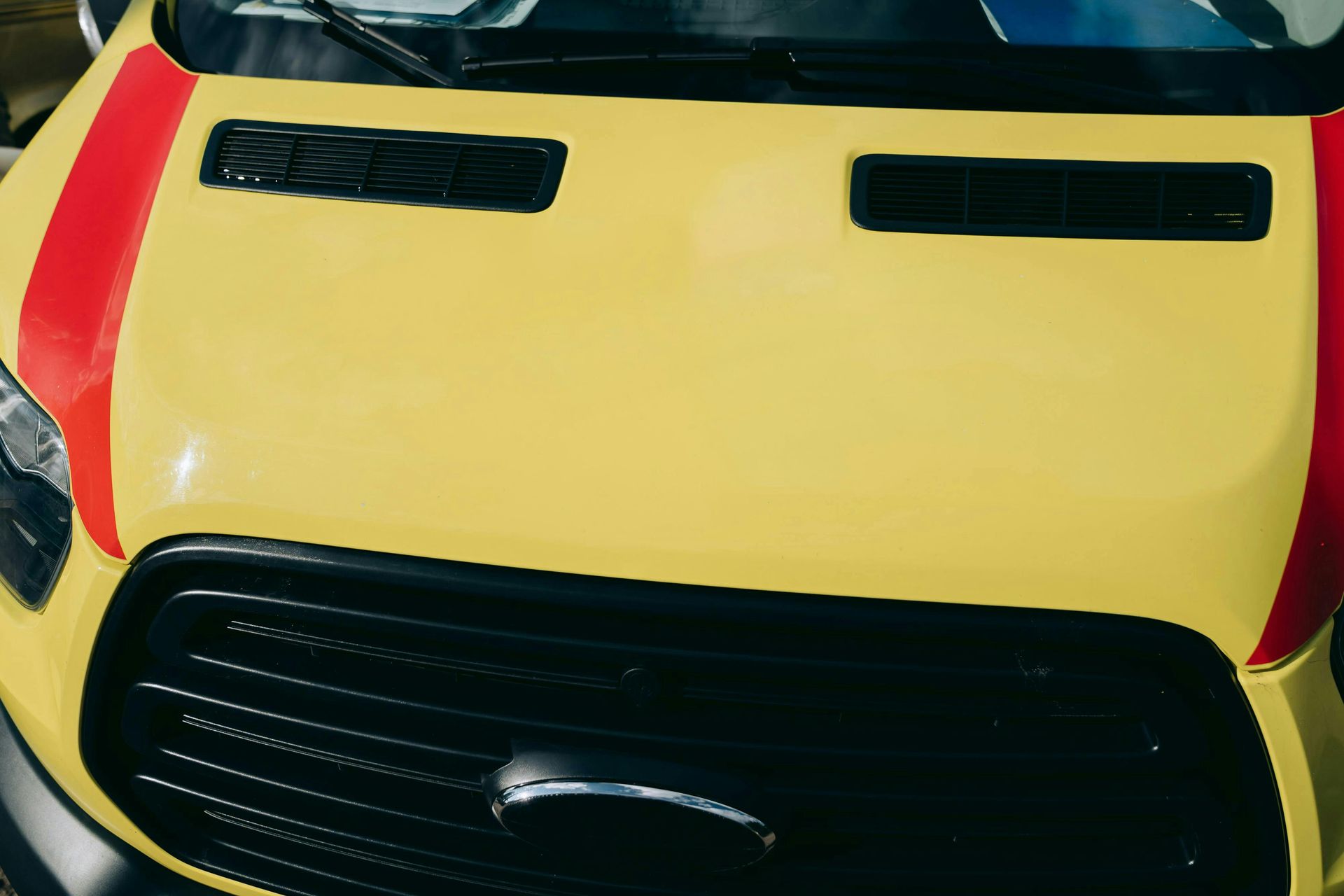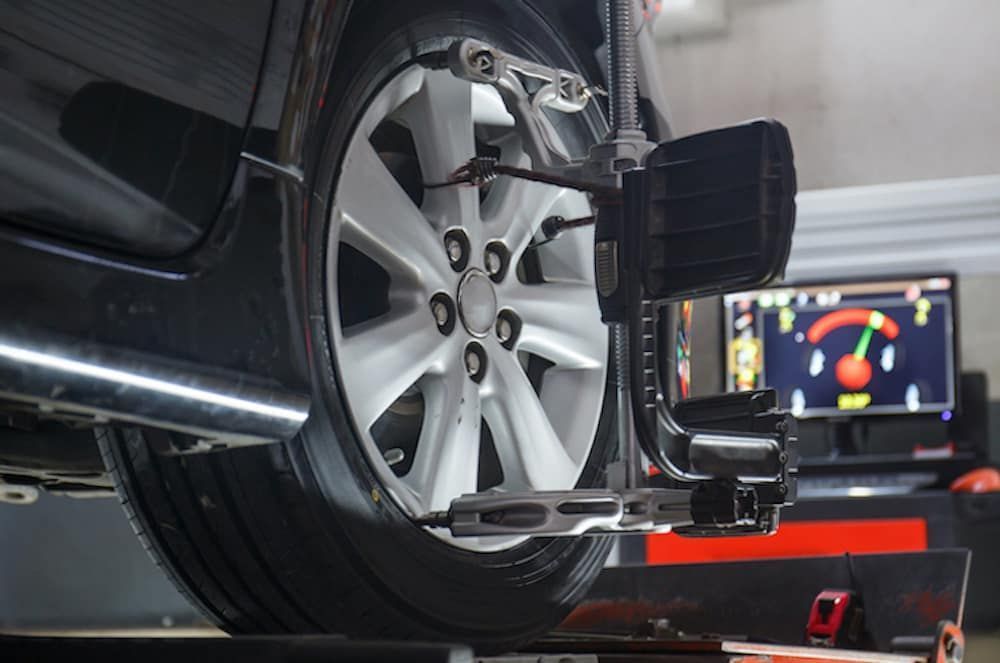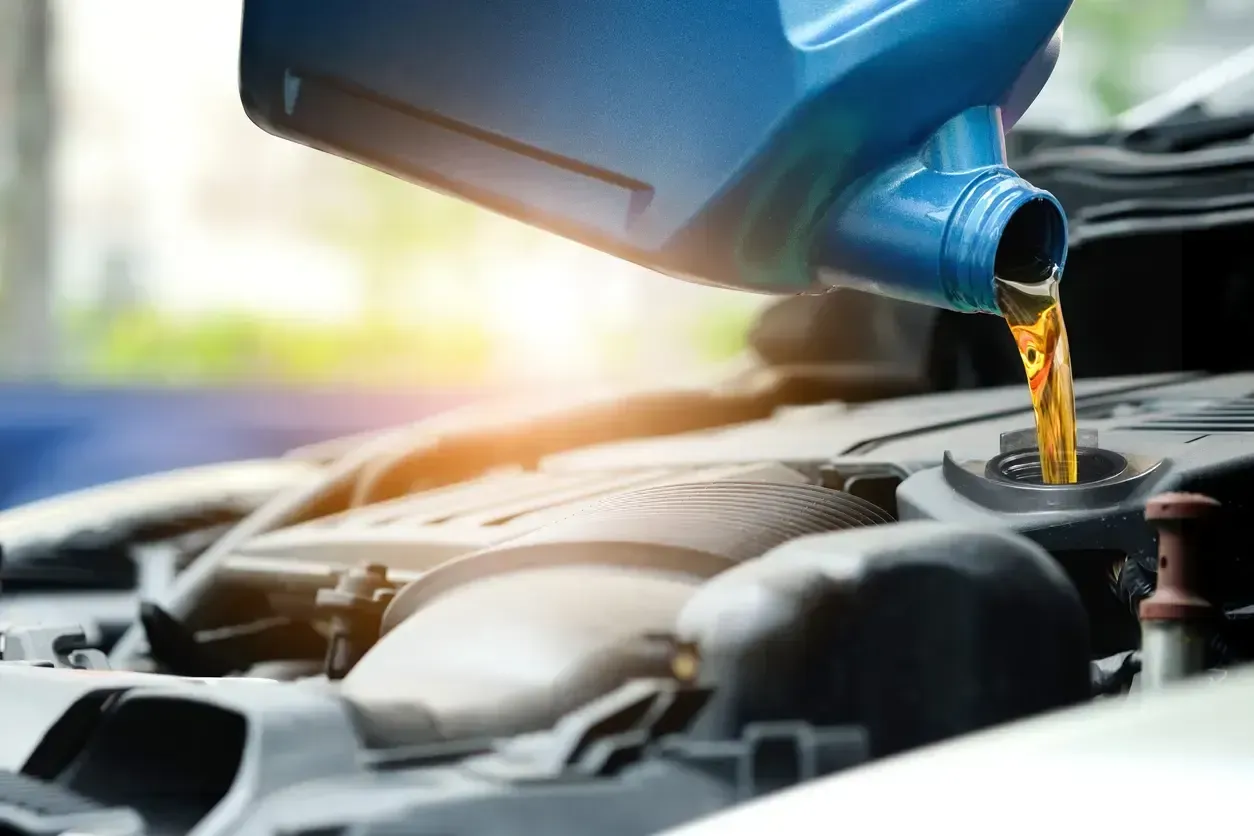Mon - Thu 8:00 AM - 5:30 PM
Fri 8:00 AM - 5:00 PM
Mon - Thu 8:00 AM - 5:30 PM
Fri 8:00 AM - 5:00 PM
4444 Reviews
How Many Brake Pads Does a Car Have?
When it comes to your vehicle’s safety, the braking system plays a crucial role, and brake pads are at the heart of this system.
These components press against the brake rotors to slow down or stop your car effectively. But how many brake pads does a car have, and why is it essential to maintain them?
How Many Brake Pads Does a Car Have?
A standard car typically has four sets of brake pads—one set for each wheel. These pads are vital for creating friction with the brake rotors, ensuring safe and effective stopping power.
However, some vehicles, particularly those with advanced braking systems, may have additional brake components.
Key Takeaways:
- Most vehicles have four sets of brake pads—one for each wheel.
- Brake pads create friction with the rotors, helping slow or stop the vehicle.
- Regular maintenance and inspection of brake pads are crucial for optimal performance and safety.
Understanding Brake Pads in Your Vehicle
Standard Braking System
In most vehicles with disc brakes, brake pads are divided into four sets:
Front Brake Pads: The front pads endure the most pressure, as braking force is primarily distributed to the front of the car. These tend to wear out faster than rear pads.
Rear Brake Pads: The rear pads assist in braking but typically experience less wear than the front.
Additional Brake Pads in Certain Vehicles
Some high-performance vehicles, trucks, and all-wheel-drive vehicles may have additional brake pads to support advanced braking configurations.
In such cases, you may find extra pads or different braking mechanisms tailored for enhanced stopping power.
What Do Brake Pads Do?
Brake pads are crucial for slowing and stopping your vehicle. When you press the brake pedal, they clamp onto the brake rotors (or discs), creating friction that reduces wheel rotation and brings your car to a stop.
Modern brake pads are made from ceramics, metal, and friction materials designed to provide long-lasting and reliable performance.
Types of Brake Pads
The type of brake pads your vehicle uses impacts performance, longevity, and braking efficiency. Below are the most common types:
Organic Brake Pads: Made from rubber, carbon compounds, and resins. They are quieter but wear down quickly and produce more dust.
Semi-Metallic Brake Pads: Contain a mix of metal fibers for better heat dissipation and durability but can be noisier.
Ceramic Brake Pads: Durable and quiet with less dust production, though they are typically more expensive.
Carbon-Composite Brake Pads: High-performance pads designed for heavy-duty or performance vehicles.
When Should You Replace Your Brake Pads?
Brake pads do not last forever and need replacement when they become too thin. Here are some warning signs that indicate it’s time for a brake pad replacement:
Warning Signs of Worn Brake Pads:
- Squeaking or Squealing Sounds: A high-pitched noise when braking indicates worn brake pads.
- Reduced Braking Performance: If stopping distances increase or braking feels weak, it may be time to replace the pads.
- Vibration When Braking: Unevenly worn brake pads can cause vibrations in the brake pedal.
- Grinding Noises: This indicates that brake pads are completely worn, and the metal components are rubbing against the rotors.
How to Check Your Brake Pads
If you suspect your brake pads need replacement, you can visually inspect them through the wheel spokes. If the pad material appears less than 3/16 thick, it’s time for a replacement.
Brake pad replacement is a routine service that ensures safety and optimal braking performance. Here’s an overview of the process:
- Lifting the vehicle: The car is safely lifted using a jack.
- Removing the wheels: The wheels are taken off to access the brake system.
- Replacing worn brake pads: Old pads are removed and replaced with new ones.
- Brake inspection: Mechanics check the rotors, calipers, and brake fluid levels.
- Testing the brakes: A test drive ensures that the brakes function properly after installation.
Schedule a Brake Inspection at First Call Auto Care
If you’re unsure whether your brake pads need replacing, bring your vehicle to First Call Auto Care in Royal Oak, MI. Our team provides comprehensive brake inspections, pad replacements, and full brake system maintenance to keep you safe on the road.
Frequently Asked Questions
How many brake pads does my car have?
Most cars have four sets of brake pads—one for each wheel. Some high-performance vehicles may have additional pads.
How do I know when to replace my brake pads?
Look for squeaking noises, longer stopping distances, vibrations, or grinding sounds. Regular inspections help detect issues early.
3. Can I replace my brake pads myself?
While some experienced DIYers can change brake pads, it’s recommended to have a professional mechanic handle the job to ensure proper installation and safety.
For
expert brake repair, trust First Call Auto Care located at
29444 Woodward Ave in Royal Oak. Contact us today to schedule a brake inspection or pad replacement!
Visit Our Shop in Royal Oak, MI
Your Trusted Auto Shop in Royal Oak, MI
Over 50 Years of Experience in Quality Auto Care
First Call Auto Care
Mon - Thu 8:00 AM - 5:30 PM
Fri 8:00 AM - 5:00 PM
Services
List of Services
-
AC & Heat RepairAC & Heat Repair
-
Brake RepairBrake Repair
-
Engine Repair & MaintenanceEngine Repair & Maintenance
-
Oil ChangeOil Change
-
Suspension RepairSuspension Repair
-
Tire Sales & ServiceTire Sales & Service
-
Transmission RepairTransmission Repair
-
Wheel AlignmentWheel Alignment
-
Muffler RepairMuffler Repair
-
Diesel RepairDiesel Repair
-
Fleet ServicesFleet Services
List of Services
-
AC & Heat RepairAC & Heat Repair
-
Brake RepairBrake Repair
-
Engine Repair & MaintenanceEngine Repair & Maintenance
-
Oil ChangeOil Change
-
Suspension RepairSuspension Repair
-
Tire Sales & ServiceTire Sales & Service
-
Transmission RepairTransmission Repair
-
Wheel AlignmentWheel Alignment
-
Muffler RepairMuffler Repair
-
Diesel RepairDiesel Repair
-
Fleet ServicesFleet Services
Services
List of Services
-
AC & Heat RepairAC & Heat Repair
-
Brake RepairBrake Repair
-
Engine Repair & MaintenanceEngine Repair & Maintenance
-
Oil ChangeOil Change
-
Suspension RepairSuspension Repair
-
Tire Sales & ServiceTire Sales & Service
-
Transmission RepairTransmission Repair
-
Wheel AlignmentWheel Alignment
-
Muffler RepairMuffler Repair
-
Diesel RepairDiesel Repair
-
Fleet ServicesFleet Services
List of Services
-
AC & Heat RepairAC & Heat Repair
-
Brake RepairBrake Repair
-
Engine Repair & MaintenanceEngine Repair & Maintenance
-
Oil ChangeOil Change
-
Suspension RepairSuspension Repair
-
Tire Sales & ServiceTire Sales & Service
-
Transmission RepairTransmission Repair
-
Wheel AlignmentWheel Alignment
-
Muffler RepairMuffler Repair
-
Diesel RepairDiesel Repair
-
Fleet ServicesFleet Services




© 2024 First Call Auto Care. All Rights Reserved | Website managed by Shopgenie








